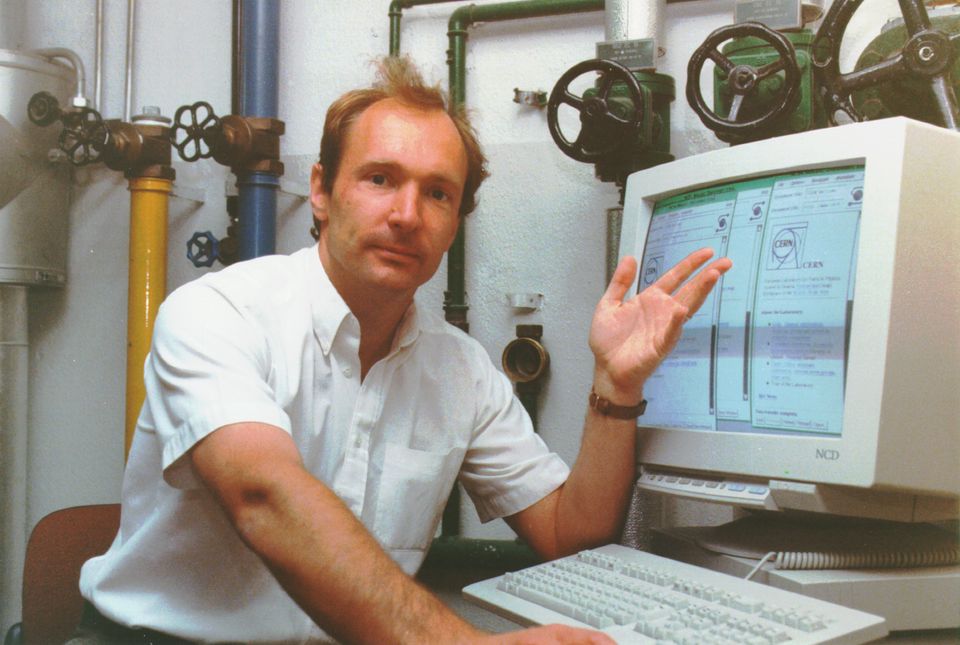The use of the Internet has become a common and necessary thing in our daily lives, turning the world into a small village that can be explored with the click of a button. Although the beginnings of the Internet were in the sixties, it did not spread among users everywhere until after the invention of the "World Wide Web www" system. Despite the invention of this network after about 30 years of the existence of the Internet, the term "Internet" has become the name of that network that made it easier for the user to access and send information. The credit for this goes to British physicist Tim Berners-Lee, who devised programs to standardize the systems on which the Internet depends.
Information chaos
The story begins in the late 1980s at CERN, the research center for particle physics in Geneva, Switzerland, where Berners Lee worked. The idea of creating a global network linking different devices to facilitate the transmission of information flashed in his head, and his Belgian colleague Robert Caillou shared that dream. Although the Internet already existed at the time and its spread in all scientific centers and scientists were able to exchange information through it, what Berners-Lee dreamed of reaching was to unify the system of sending and receiving this information, as Caiyo confirms and adds: “The Internet existed, but we needed To special devices and a password to get the information on them, and things were very complicated.”
Berners-Lee wanted to rearrange the chaos of data banks and the ubiquitous scattering of information to facilitate the exchange of scientific research results among the world's scientists. The British physicist chose the Internet as an infrastructure for his project, and began his efforts to unify the global system for the exchange of information. He recalls that era: "I tried to find a new generation of computers, work systems and programming languages. We had to unite the efforts of the team members, who sometimes lived in other countries and speak other languages.
Web idea
Berners-Lee's idea revolves around linking information via hypertext, a system for linking texts on the Internet, which enables the Internet user to access written texts, images and multimedia by simply clicking on them. In 1991, Berners-Lee announced his program, which he called the "World Wide Web" or "www" for short. The team chose this name since the beginning of their project, says Caillou, because they could not be satisfied with anything less than a network that brings the whole world together, he says.
Berners-Lee was not interested in the profits he might have made from selling that idea, but rather in developing his program and making it universal. "Anyone else could have done what I did," Berners-Lee humbly says. "The web has gone viral thanks to the help and acceptance of others." Thanks to this global system, information became available free of charge and accessible to everyone despite the distances and different computer systems, and the most written letters in the world became the three letters www. Today, the world order has completed its 28 anniversary, as it was officially put into effect on April 30, 1993.
